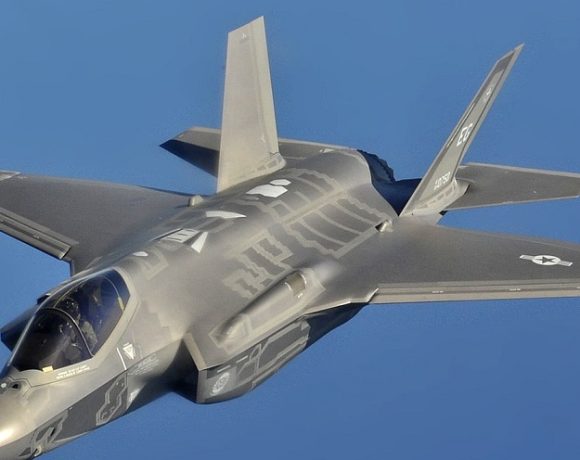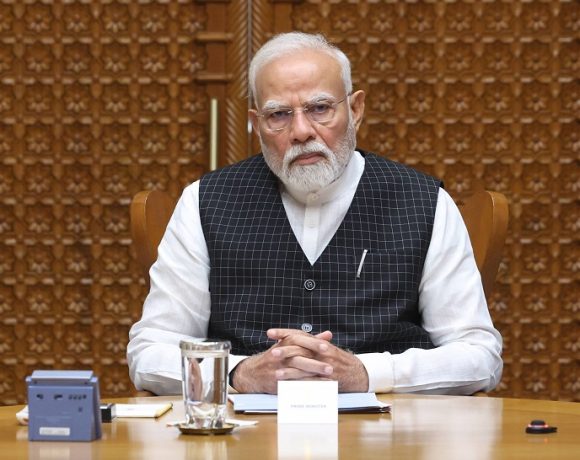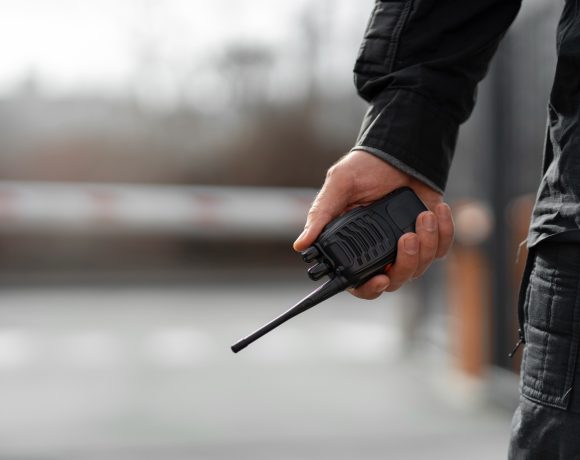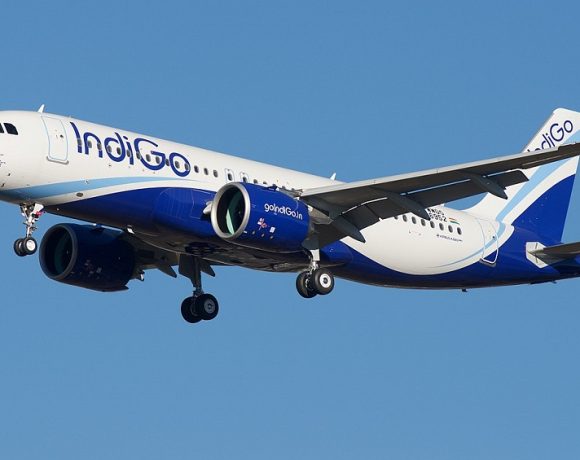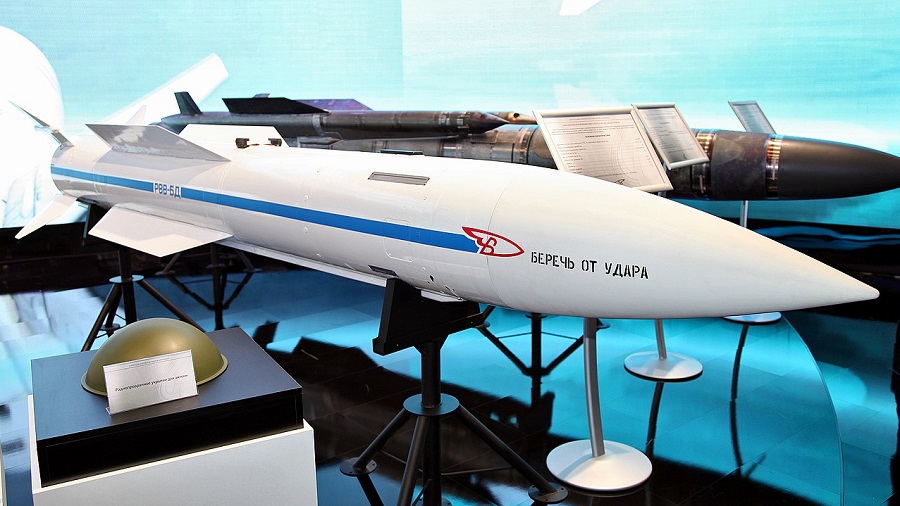
Russia Offers R-37M Missile to India with Local Production Rights
In a strategic move to bolster India’s aerial combat capabilities, Russia has proposed the sale of its advanced R-37M long-range air-to-air missile to India, coupled with the opportunity for local production. This offer was extended during the Aero India 2025 exhibition, reflecting the deepening defense collaboration between the two nations.
R-37M Missile Overview
The R-37M, known in export markets as the RVV-BD, is a state-of-the-art long-range air-to-air missile developed by Russia. Designed to engage high-value airborne targets such as AWACS, tanker aircraft, and C4ISTAR platforms, the missile boasts a range of up to 400 kilometers and can achieve speeds up to Mach 6. Its advanced guidance system combines inertial navigation with active radar homing, allowing it to autonomously track and engage targets after launch.
Enhancing India’s Aerial Combat Capabilities
The Indian Air Force (IAF) currently operates the Su-30MKI fleet, which is equipped with R-77 missiles. The integration of the R-37M would significantly extend the IAF’s engagement envelope, enabling it to neutralize threats at much greater distances. This capability is particularly crucial for countering high-value enemy assets and enhancing overall mission effectiveness.
Local Production and Strategic Autonomy
A key aspect of Russia’s proposal is the provision for local manufacturing of the R-37M missile in India. This aligns with India’s ‘Make in India’ initiative, aiming to strengthen indigenous defense production and reduce reliance on foreign imports. Local production would not only facilitate technology transfer but also promote self-reliance in advanced missile systems.
Comparative Analysis: Indigenous Alternatives
India has been developing indigenous missile systems, such as the Rudram-I, an anti-radiation missile with aerodynamic similarities to the Astra Beyond Visual Range Air-to-Air Missile (BVRAAM). With an extended range exceeding 200 kilometers, the Rudram-I presents a viable option for adaptation into a very long-range air-to-air missile (VLRAAM). However, the R-37M offers a proven and immediately deployable solution to meet the IAF’s long-range engagement requirements.
Strategic Implications
The acquisition and local production of the R-37M missile would enhance the IAF’s operational capabilities, providing a strategic advantage in maintaining air superiority. It would also signify a deepening of Indo-Russian defense ties, reflecting a shared commitment to collaborative development and technological exchange.
As discussions progress, considerations regarding cost, technology transfer, and integration with existing platforms will play pivotal roles in shaping the final agreement. The successful induction of the R-37M into the IAF’s arsenal could serve as a catalyst for future collaborations, further strengthening the defense partnership between India and Russia.


